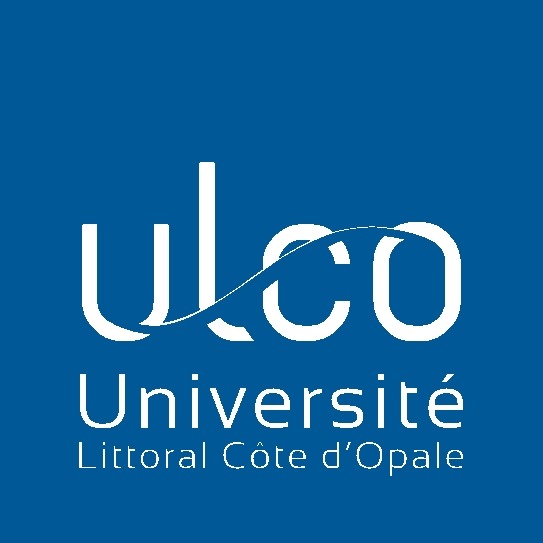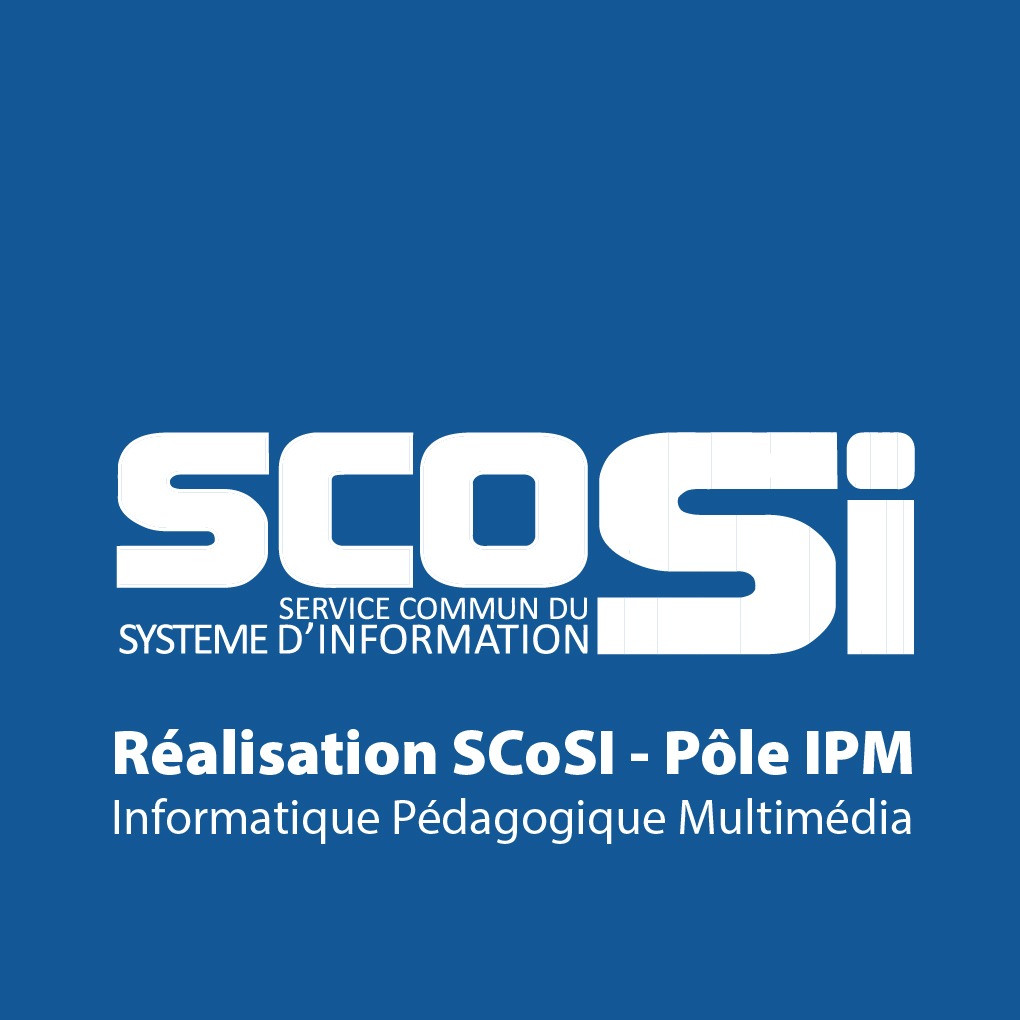“Creative rationality and innovation”, by Joëlle Forest*
Since the last 15 years, financial support to innovation provided by public authorities, estimated today at ten billion euros, has been doubled in France. This support is extended to serve a national ambition that aims, on the one hand, to revive the economy and resume the path of prosperity in a context marked by growing international competitiveness and, on the other hand, a way of meeting the major challenges of our contemporary world (climate change, increasing scarcity of resources, health issues or the aging of the population). Unfortunately, we must mention that the multiplication of measures (we have apparently gone from around 30 support mechanisms in the 2000’s to 62 today) is not producing the expected results.
What then should be done to go beyond the stage of commanding innovation and to build an effective capability to innovate?
We will have to innovate in our way of thinking about innovation. More precisely, if, in 2014, 70.2% of the allocated state support related to the growth of private R&D capacities, it is because the conception of public policy in France is based on the linear innovation model inherited from J. Schumpeter. But this model has limits. The challenge is to think of innovation from its central process, namely the design process. Then it is possible to consider other possible means of action.
Adopting an artificialist perspective, the focus should be made on the creative rationality, which is the ability to bring together apparently distinct worlds, to find the unthinkable link between different actors like Johannes Gutenberg (the inventor of the printing press) or Bertrand Piccard (the father of the solar impulse project). Creative rationality is a form of thought that invites to knowledge crossing and leads to an adventurous transgression because the combination of knowledge belonging to different universes lead us away from the established norms and paradigms as it can be observe from numerous examples.
To move in this direction, the society must question the capacity of the educational system. The confusion between innovation and entrepreneurship is detrimental: our system is not conducive to knowledge crossing, or even “kills creativity” to quote Ken Robinson. It will then be necessary to rehabilitate creative rationality in the training for engineers. Such rehabilitation leads to the implementation of a “pedagogy of adventure”. It involves the indiscipline of students and teachings. Such pedagogy compels us to devise Human and Social Sciences that are not imported as such from universities, but become meaningful in engineering schools.
This book ends with raising the question of the extent to which the education system favors the deployment of creative rationality. After having caution against the risk of a harmful confusion between innovation and entrepreneurship and following the conclusion of an abundant litterature, this book explains how our education system harms the knowledge crossing and kills creativity to use the wording of sir Ken Robinson. Then the author strives towards the rehabilitation of creativity rationality in the training of engineers. Such rehabilitation leads to the implementation of a “pedagogy of adventure”. It involves the indiscipline of students and teachings. Such a pedagogy compels us to devise Human and Social Sciences that are not imported as such from universities, but become meaningful in engineering schools.
See: Joëlle FOREST, Creative Rationality and Innovation, Smart Innovation, London, Wiley, 2017 ; http://iste.co.uk/book.php?id=1246
This book dispels a number of myths surrounding innovation.
* University of Lyon, INSA Lyon



